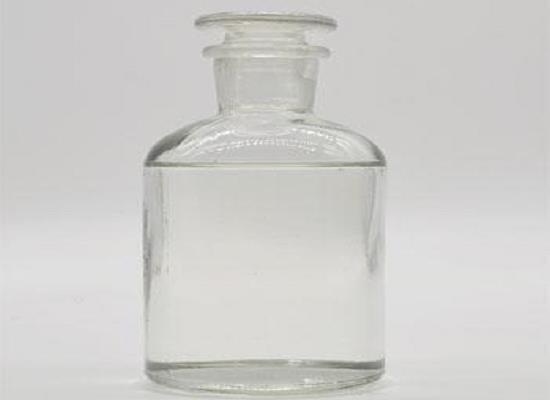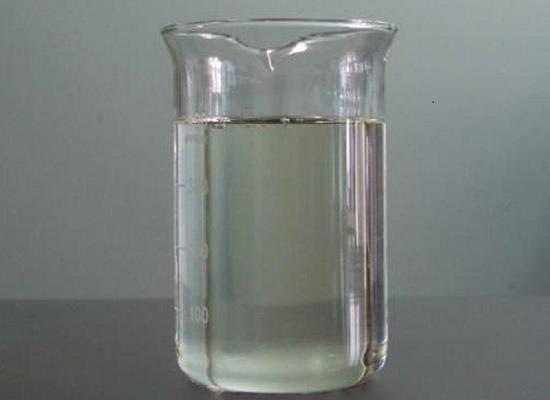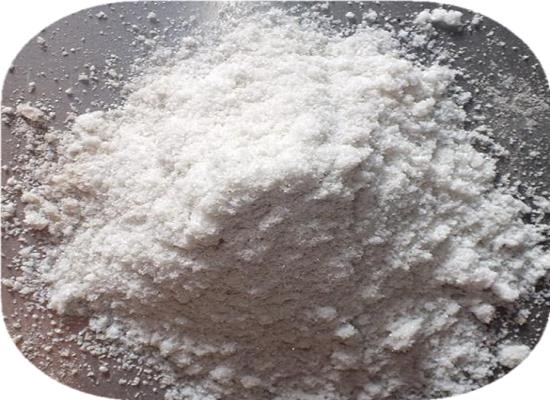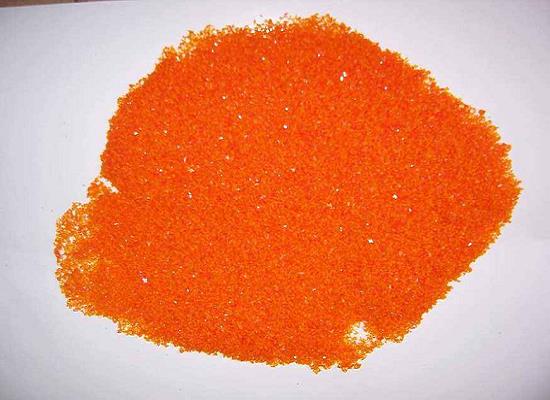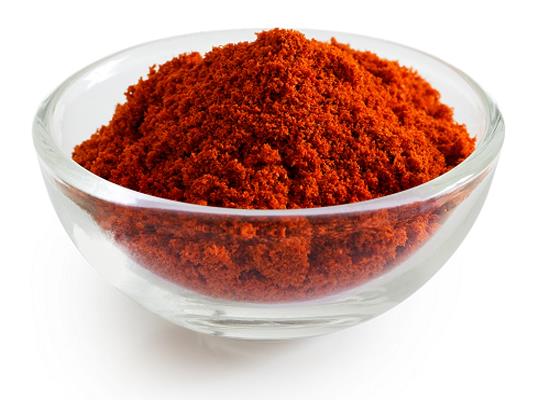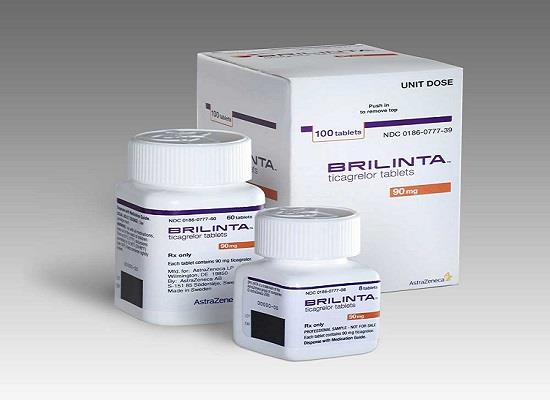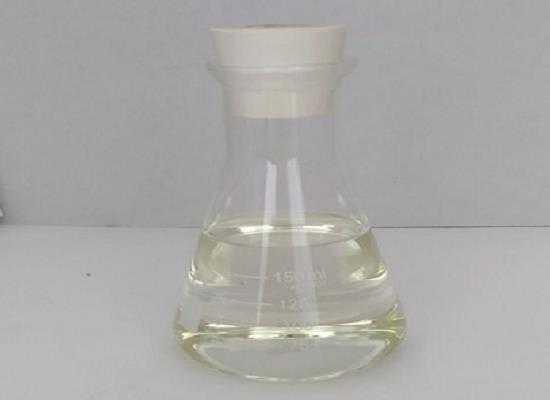Active Pharmaceutical Ingredients (API), popularly speaking, are the raw materials of medicines, only pharmaceutical raw materials are processed into pharmaceutical preparations , can they become medicines available for clinical use, so drugs we usually eat are the finished drugs through processing. Active Pharmaceutical Ingredients based on its sources can be divided into two major categories ,including chemical synthetic drugs and natural chemical drugs. Chemical synthetic drugs can be divided into organic synthetic drugs and inorganic synthetic drugs. Inorganic synthetic drugs are inorganic compounds ( very few is element), such as aluminum hydroxide, magnesium trisilicate which are used for the treatment of gastric and duodenal ulcers ; organic synthetic drugs are mainly composed of drugs made by basic organic chemical raw materials, through a series of organic chemical reactions (such as aspirin, chloramphenicol, caffeine, etc.). Natural chemical drugs ,based on its sources,can be divided into two categories including biochemical drugs and plant chemical drugs. Antibiotics are generally made by the microbial fermentation, which belongs to the biochemistry category. A variety of semi-synthetic antibiotics occurs in recent years,which are biosynthesis and chemical synthesis combining products.Among active Pharmaceutical Ingredients, the organic synthetic drugs varieties, yields and values have the largest proportion,which are the main pillars of the chemical and pharmaceutical industries. The quality of active Pharmaceutical Ingredients decides whether the formulation is good or bad , so its quality standards are very strict ,countries in the world have developed national pharmacopoeia standards and strict quality control methods for its widely used active Pharmaceutical ingredients.
Triphenyl phosphite: properties and applications
Triphenyl phosphite plays a crucial role in organic synthesis, polymer preparation, and metal coordination chemistry, offering enhanced efficiency and selectivity in numerous chemical processes.
Jul 12,2023 API1,1,3,3-Tetramethyldisiloxane: properties, applications in battery production and safety
1,1,3,3-Tetramethyldisiloxane enhances battery performance and is compatible with various materials. Follow safety precautions when using it.
Jul 12,2023 API1-Naphthol: pharmacokinetics, activities and toxicity
1-Naphthol, a compound with antioxidant activity, exhibits first-order kinetics, but oral toxicity studies in mice showed acute toxicity at high doses, leading to mortality and kidney and stom.
Jul 12,2023 API4-Hydroxy-2,2,6,6-tetramethyl-piperidinooxy: pharmacokinetics and activity
4-Hydroxy-2,2,6,6-tetramethyl-piperidinooxy is a heterocyclic compound with diverse potential effects, including antioxidative, antihypertensive, and antitumor properties.
Jul 11,2023 APILycopene: food sources and activities
Lycopene in tomatoes is an antioxidant that prevents fat oxidation, benefiting heart health and offering potential in food preservation.
Jul 11,2023 APITicagrelor: mechanism of action, pharmacokinetics and application
Ticagrelor is an orally active antiplatelet drug that acts by blocking P2Y12 receptors, thus preventing platelet aggregation mediated by ADP.
Jul 10,2023 APITributyl phosphate: applications and toxicity
Tributyl phosphate is versatile with applications in metal extraction, flame retardancy, and lubricant additives. It can be toxic; caution is necessary.
Jul 10,2023 APICreatine: mechanism of action, application in sports and safety
Creatine enhances performance in high-intensity exercises, improves strength and lean body mass. Short-term use is safe with limited side effects.
Jul 10,2023 APILithium bromide: properties and safety
Lithium bromide has several distinctive properties that make it useful in various applications.
Jul 7,2023 APIDidecyl dimethyl ammonium chloride: pharmacokinetics, toxicology and applications
Didecyl dimethyl ammonium chloride is a quaternary ammonium compound with antimicrobial properties. It finds applications in consumer disinfectants, industrial water treatment, and agricultural disinf
Jul 7,2023 API



